Journal Club | A better catalyst for the silicon industry
Published in Chemistry

Dr. Nakajima, could you provide a summary of your professional research background?
I develop new metal complex catalysts. Reactivity of metal complexes can be precisely controlled by choosing a proper combination of a metal center and a ligand. These catalysts are already used in industrial processes to produce pharmaceuticals, electronic materials, rubbers and plastics. Therefore, the design of even more efficient metal complex catalysts is a big undertaking in the chemical industry.
Could you provide a summary of your article published in Communications Chemistry for the general reader? What has been your biggest challenge, and how did you overcome it?
Silane coupling agents have the ability to form a durable bond between organic and inorganic materials and to provide the resulting compounds or materials with various properties, such as water and/or heat resistance, as well as adhesiveness. By taking advantage of such features, silane coupling agents are currently used in a great number of fields including paints, coating, adhesives, semiconductor sealants, and tires. Chloropropylsilane is an important key intermediate to access various silane coupling agents (Fig. 1).
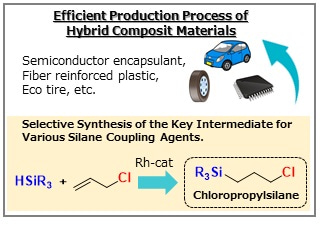
Thus, chloropropylsilane is now industrially synthesised on the order of several thousand tons per year via a simple hydrosilylation reaction of allyl chloride with HSiCl3 catalysed by conventional Pt catalysts. However, the relatively low selectivity (70 – 80%) of the reaction is a severe drawback. In our study, we present a hydrosilylation reaction of allyl chloride with trichlorosilane using a Rh(I) catalyst to form chloropropylsilane with 99% selectivity (Fig. 2).

In addition to simplifying the purification process with highly selective reactions, further cost reductions can be expected by realizing such reactions with non-precious metals. Are you looking into this?
As pointed out, developing a hydrosilylation catalyst with non-precious metals is still a big challenge in the silicon industry. Our efforts are towards that goal, yes.
How do you see this technology impacting our everyday lives?
Our method allows the highly selective synthesis of chloropropylsilane, the raw material for silane coupling agents at the laboratory level. As a result, the process of purifying by-products is greatly simplified, making it possible to reduce manufacturing costs. Furthermore, it is expected that using this catalyst high-performance composite materials, such as eco-tires, semiconductor encapsulants and fibre-reinforced plastics can be supplied at lower cost.
What made you decide to publish your work in Communications Chemistry, what do you feel about the process from submission to publication?
Although intensive studies have been thus far performed to develop hydrosilylation catalysts, one big drawback remains: the limited functional group compatibility of the currently available Pt hydrosilylation catalysts. This is a serious issue in the production of chloropropylsilane, which, however, has not been sufficiently discussed in academic research. We believe that our findings in this work will be very useful in the area of hydrosilylation chemistry applied to the silicon industry.
Thus, we chose Communications Chemistry, an open access journal, so that many researchers in both industry and academia can come across this finding. During the peer review process, we received many meaningful suggestions, and there is no doubt that the quality of the discussion was improved. In addition, the editors and the editorial office team made a great deal of effort so that we can make a press release of this result at the same time as the paper was published.

Dr. Yumiko Nakajima is at the National Institute of Advanced Industrial Science and Technology (AIST).
Interview by Prof. Satoshi Honda (University of Tokyo), External Board Member, Communications Chemistry.
Follow the Topic
-
Communications Chemistry

An open access journal from Nature Portfolio publishing high-quality research, reviews and commentary in all areas of the chemical sciences.
Related Collections
With Collections, you can get published faster and increase your visibility.
Advances in Polymer Synthesis
Publishing Model: Open Access
Deadline: Jan 31, 2026
f-block chemistry
Publishing Model: Open Access
Deadline: Feb 28, 2026


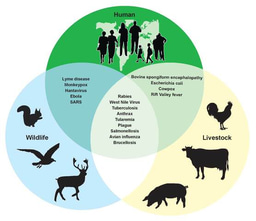
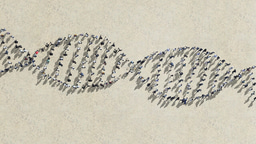
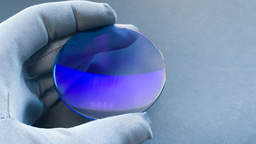
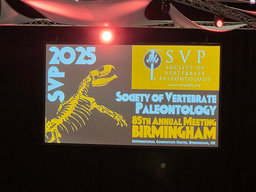
Please sign in or register for FREE
If you are a registered user on Research Communities by Springer Nature, please sign in